Afghanistan, Bangladesh or undocumented Indians in US: Plight of displaced people needs attention
On this International Migrants Day, it is worth noting that not every migrant succeeds in an adopted land. For evidence, one need not go beyond the Indian American community. While the community’s many successes and accomplishments have been well-documented, a less-publicized fact is the plight of hundreds of thousands of Indian nationals in the United States, writes Frank Islam for South Asia Monitor
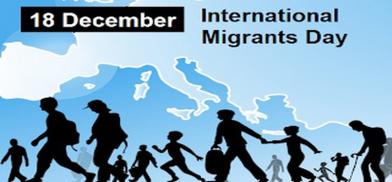
So, on this year’s International Migrants Day, as we celebrate the successes of migrants, we should not forget the less fortunate. On this day, we must pledge to relieve the unbearable pain of the refugees and other displaced people.
On Wednesday, the occasion of International Migrants Day, the world will reflect on the challenges tens of millions of migrants are facing worldwide and celebrate the contributions of various diaspora communities to their adopted lands globally.
The United Nations estimates the size of the migrant population to be around 273 million, of which more than 40 million are people who migrate within their own country. According to the UN Migration Agency, a migrant is “any person who is moving or has moved across an international border or within a State away from his/her habitual place of residence.”
A majority of migrants left their habitual place of residence voluntarily, seeking greener pastures and many are thriving in their adopted land. However, more than a quarter of the global migrant population was forcibly displaced due to either man-made disasters, such as political and civil turmoil, religious persecution, wars, or natural calamities.
December 18 was chosen as International Migrants Day because it was on that day, 30 years ago, that the landmark “International Convention on the Protection of the Rights of All Migrant Workers and Members of Their Families” was adapted by the United Nations General Assembly.
Indian diaspora successes
International Migrants Day has a special significance for the Indian diaspora, the largest in the world, numbering nearly 18 million people. It includes the four-million-strong Indian American community, which is arguably the most successful migrant group in the past half a century. Overall, the Indian diaspora in Europe, Southeast Asia, and Australia have also done well.
Indian migrants in the Gulf countries, who must return to India, because they cannot obtain citizenship of those states, have been critical to the economic prosperity of the nation, pumping in tens of billions of dollars annually.
One of the biggest migrant success stories of the past quarter-century is that of the Indian American community, of which I am privileged to be a part. Members of the community in the United States have made remarkable contributions in a number of fields, including healthcare, information technology and the hospitality industry.
Indian American physicians and healthcare workers are a critical part of the U.S. healthcare infrastructure. According to the trade group Association of Physicians of Indian Origin (AAPI), there are more than 80,000 Indian American practicing physicians in the United States, caring for approximately 30 percent of the US patient population.
The information technology industry is another area where Indian Americans have made huge strides. At the moment, two of the four most highly valued public US companies are led by Indian Americans. The CEO of Microsoft is the Hyderabad-born Satya Nadella. The CEO of Alphabet, the parent company of Google, is Sundar Pichai, who was born 1,000 kilometers to the south in Madurai.
America’s hospitality industry is dominated by Indian Americans, especially Gujarati Americans, who own one in every two hotels in the United States. The success of Indian American hoteliers is especially noteworthy because they had to overcome huge challenges and discrimination to succeed.
The economic success of Indian Americans is beginning to translate into the political arena as well. At the moment, the community has four members of Congress and more than a dozen legislators in various statehouses. Next month, when Kamala Harris - whose mother Shyamala Gopalan was born in Chennai - will be sworn in as the Vice President of the United States on January 20, it will be a proud moment for the community.
A big reason for the substantial success of Indian Americans is the welcoming nature of America, which has been a land of opportunity for millions of people from all over the world for centuries. But the community also deserves credit for seizing the opportunities available in the US.
Undocumented Indian immigrants
On this International Migrants Day, it is also worth noting that not every migrant succeeds in an adopted land. For evidence, one need not go beyond the Indian American community. While the community’s many successes and accomplishments have been well-documented, a less-publicized fact is the plight of hundreds of thousands of Indian nationals in the United States.
A Pew Research report released in 20014 found that almost 450,000 Indian nationals were living in the United States as undocumented immigrants at that time - a number that may have gone up in the past six years.
This would mean every eighth person of Indian origin in the United States is an undocumented immigrant. Only Mexico, El Salvador and Guatemala have more of their citizens living as illegal aliens in the US.
Indians constitute four percent of all the undocumented immigrants in the United States, a significant number considering that Indian Americans form just one percent of the US population. This is not something to be proud of.
Displaced people
Another sad reality we face at the moment is the ever-increasing number of people that are being displaced and rendered refugees annually.
According to the United Nations High Commissioner for Refugees, there are 70 million forcibly displaced people worldwide, which is a record number. Nearly three-fifths of this population is internally displaced within their native land. The agency estimates that there are nearly 26 million refugees and 3.5 million asylum seekers.
This century has witnessed more than its fair share of conflicts, including the US wars in Afghanistan and Iraq, and wars in Libya, Syria, and Yemen, to name a few. Together they have resulted in the displacement of millions of people. Then there are refugees like the Rohingya, a stateless ethnic group that has faced religious persecution in Myanmar. More than a million Rohingya refugees have been displaced since the 1990s and have taken refuge in Bangladesh.
So, on this year’s International Migrants Day, as we celebrate the successes of migrants, we should not forget the less fortunate. On this day, we must pledge to relieve the unbearable pain of the refugees and other displaced people.
Those of us who have experienced success in our migration must reach out our hands and hearts and hope to those migrants in need. We should do so by helping them financially and assisting them in developing the skills they need for success themselves.
(The writer is an entrepreneur, civic and thought leader based in Washington DC. The views expressed are personal)




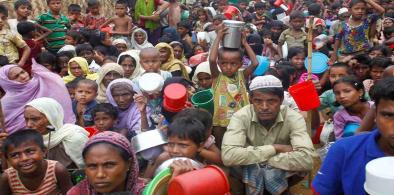
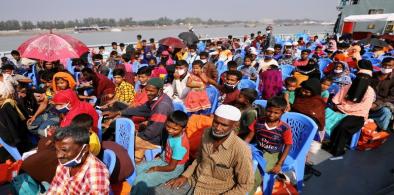
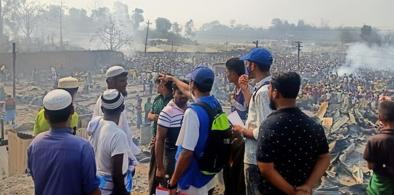
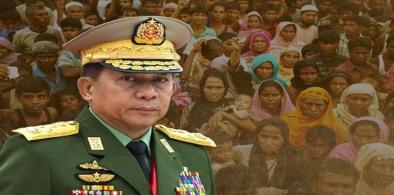
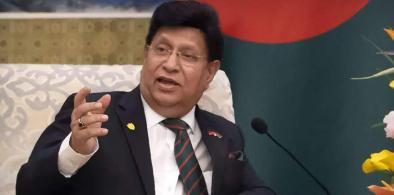
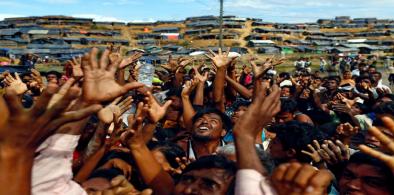
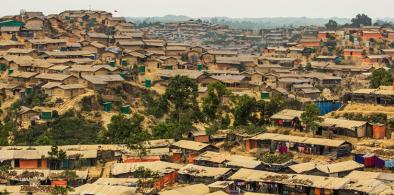
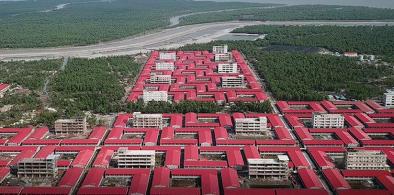
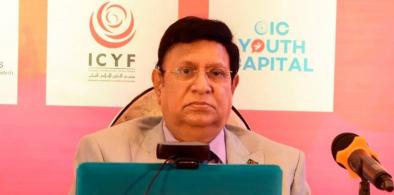
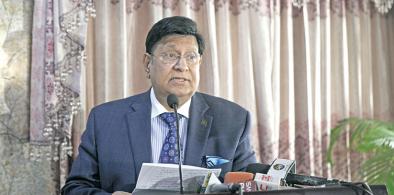







Post a Comment